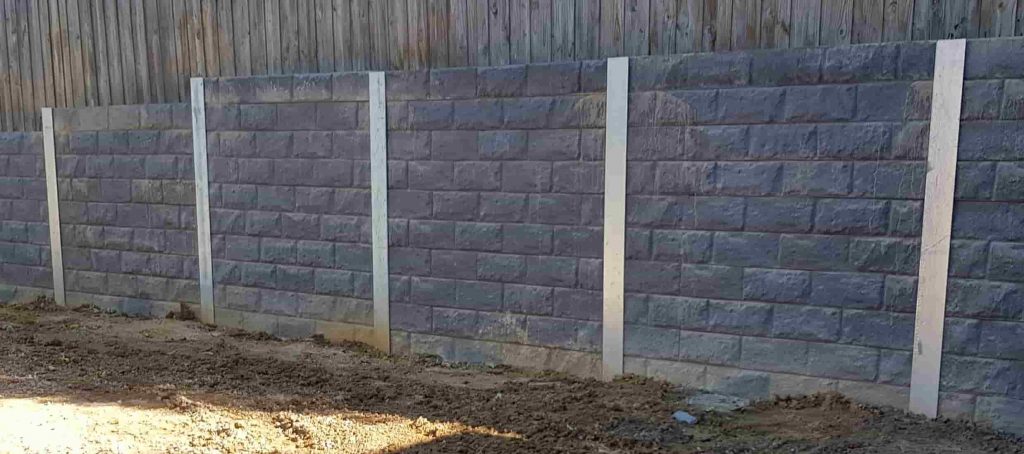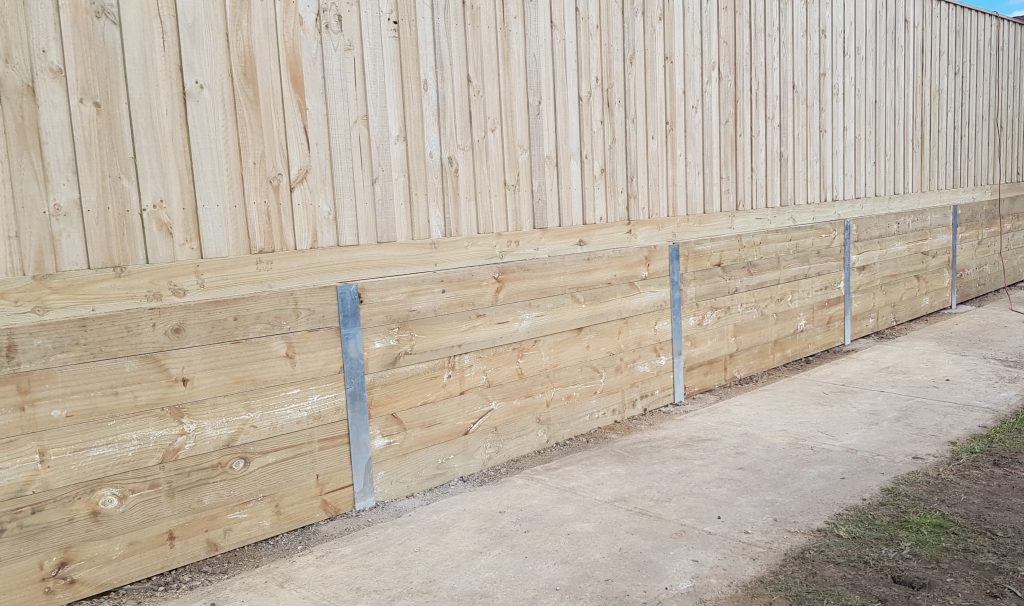Introduction
When it comes to building a building or a landscape, the synergy between architects and retaining wall home builders is often ignored. Yet, this partnership is crucial for making sure durability, visual appeal, and structural stability. Keeping walls serve not just as functional structures however likewise contribute substantially to the general design of a project. In this thorough post, we will delve deep into the detailed relationship between architects and retaining wall contractors, exploring how their collaboration causes successful building and construction outcomes.
https://tuffstuffretainingwalls.com.au/Understanding Maintaining Walls
What Are Maintaining Walls?
Retaining walls are structures designed to keep back soil and prevent erosion on sloped landscapes. They are available in numerous products, consisting of concrete sleepers, H beams, wood sleepers, lumber sleepers, and stone. The choice of products impacts both the performance and aesthetic appeals of the wall.
Importance of Keeping Walls in Construction
Retaining walls play a critical role in landscaping by:
- Preventing soil erosion Managing water drainage Creating functional land space Enhancing visual appeal
Their significance can not be overemphasized; they are essential for maintaining the stability of slopes and ensuring that structures above them stay stable.
Architects: The Visionaries Behind Designs
Role of Architects in Construction Projects
Architects are responsible for visualizing areas that stabilize performance with looks. They create styles that fulfill customers' requirements while sticking to local building regulations and regulations.
How Architects Choose Keeping Wall Solutions
Architects consider a number of factors when picking maintaining wall options:
- Site Conditions: Is the soil stable? What are the drainage conditions? Aesthetic Appeal: How will the wall fit into the total design? Material Selection: Which materials will best serve the designated purpose?
They should team up closely with retaining wall contractors to make sure that their visions can be executed effectively.
Retaining Wall Builders: The Practical Experts
Who Are Retaining Wall Builders?
Retaining wall home builders include contractors who concentrate on constructing these important structures. Their knowledge depends on comprehending soil mechanics, material residential or commercial properties, and building and construction techniques.
Skills Required for Retaining Wall Installers
A skilled retaining wall installer must have:
- Knowledge of engineering principles Experience with numerous materials (concrete sleeper, timber sleeper) Problem-solving abilities to attend to site-specific challenges
These skills enable them to carry out plans laid out by architects efficiently.
Behind the Scenes: The Cooperation Between Architects and Retaining Wall Builders
The cooperation between architects and retaining wall contractors is a dance of imagination and usefulness. On one hand, designers supply ingenious styles; on the other hand, builders bring those designs to life through their technical knowledge.

Initial Consultation: This phase includes discussions about design concepts. Site Analysis: Both celebrations evaluate site conditions together. Material Selection: They work together on choosing proper products like stone or concrete sleeper. Construction Planning: A detailed building strategy is developed. Execution: Home builders start work under architects' supervision. Final Review: After conclusion, both parties review the job versus preliminary objectives.
This partnership guarantees that creative visions are understood while preserving structural integrity.
Material Options in Retaining Wall Construction
Concrete Sleepers vs Wood Sleepers
Choosing between concrete sleepers and timber sleepers can be challenging for both architects and builders. Here's a short contrast:
|Product|Pros|Cons|| -------------------|-----------------------------------------|-------------------------------------------|| Concrete Sleepers|Resilient, low upkeep|Can be more expensive|| Wood Sleepers|Visually pleasing|May require more upkeep over time|


Both materials have their distinct advantages depending upon task requirements.
The Engineering Element of Retaining Walls
Soil Mechanics 101 for Designers and Builders
Understanding soil mechanics is vital in developing effective keeping walls. Architects need to consider elements such as soil type, load-bearing capability, and drain patterns when working together with keeping wall contractors.
Water Drainage Considerations
Effective water drainage is crucial for avoiding hydrostatic pressure buildup behind retaining walls. This pressure can compromise structural integrity if not handled effectively through correct style functions like weep holes or drain pipes.
Common Difficulties Dealt with Throughout Collaboration
Communication Barriers Between Professionals
Miscommunication can lead to considerable concerns during construction jobs. Routine conferences between designers and contractors assist reduce misunderstandings.
Budget Restrictions Impacting Style Choices
Sometimes budget plan constraints force adjustments in styles at first imagined by architects. Discovering affordable services without jeopardizing quality requires teamwork from both sides.
Case Studies Highlighting Effective Collaborations
Residential Project Case Research study: Hilltop Villa
In this case study including a luxury house on a hillside:
- Architects created extensive balconies needing robust keeping walls. Builders utilized H beams together with stone exteriors for strength and beauty.
The result was not just practical but likewise amazingly attractive!
Commercial Project Case Study: Urban Plaza Development
Here's another fascinating job:
- Architects pictured an urban plaza total with garden spaces needing several maintaining walls. Builders worked together efficiently using concrete sleepers for stability while preserving visual appeal through landscaping elements incorporated into the wall structure.
Both projects demonstrate how efficient partnership results in extraordinary outcomes!
FAQs
1. What is a keeping wall?
A maintaining wall is a structure designed to hold back soil from sloping landscapes or embankments to prevent disintegration or collapse.
2. What types of products are utilized in keeping walls?
Common products include concrete sleepers, lumber sleepers (wood), stone blocks (natural stone), H beams (metal), among others based upon project requirements.
3. How do I pick a great retaining wall builder?
Look for experience level-- check reviews from previous clients-- and ensure they understand local building codes along with necessary engineering principles associated particularly to your site conditions!
4. Why do I require a designer when developing a maintaining wall?
An architect offers vital style input tailored particularly towards your needs while thinking about visual choices; plus they make sure compliance with policies throughout building phases!
5. Can I build my own maintaining wall?
While do it yourself projects may appear attractive financially speaking-- it's sensible consulting specialists first since inappropriate setup could lead serious safety dangers down line due absence understanding about soil mechanics and so on.
6. What ought to I think about before setting up a retaining wall?
Consider aspects such as your site conditions (soil type/drainage), desired aesthetics/material choices readily available within budget plan restrictions together with regulative problems relating where you live!
Conclusion
In conclusion, understanding "Behind the Scenes: The Partnership Between Architects and Retaining Wall Builders" highlights how crucial it is for these 2 professions to collaborate perfectly towards effective project results! Their collaborations not just enhance functionality however likewise elevate visual appeal-- producing gorgeous spaces we enjoy every day! It's clear that neither celebration can achieve optimum results alone; thus promoting strong relationships developed on trust shared regard will eventually lead us all closer towards achieving our shared goals within construction industry!